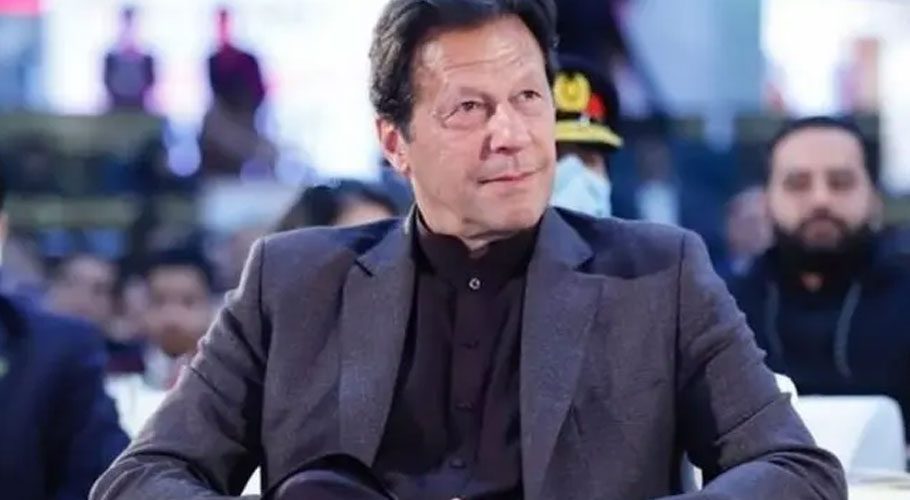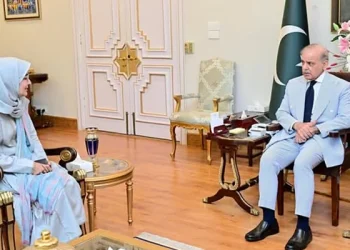Cricketer-turned politician Imran Khan struggled for 22 years to fulfil his dream of becoming Pakistan’s Prime Minister to transform the corruption affected country into an Islamic welfare state.
Khan took oath as 22nd Prime Minister of Pakistan after leading his Tehreek-e-Insaf party (PTI) to the victory in the elections and subsequently proving his majority in the National Assembly.
After three-and-a-half years of premiership, Imran Khan faces a unified opposition coalition and a vote of no confidence in parliament next week. Will history repeat itself? Not a single prime minister in Pakistan has been allowed to complete his tenure since the country’s inception 70 years ago.
Military rule over Pakistan
The political situation in Pakistan has had a bumpy ride ever since 1947, as four times democratic governments were thrown away by military dictators, one prime minister was murdered while another was hanged by judiciary, while many were sent home by presidents and two were dismissed by the Supreme Court.
Since 1947, Pakistan has been run by military dictators three times. All three served as president for over 30 years. The first period of military rule is approximately 13 years (1958 to 1971), the second is 11 years (1977 to 1988) and the third is about 9 years (1999 to 2008).
Suspension of the Constitution and Martial Law
Muhammed Ayub Khan rose to power in 1958. He suspended the constitution which had been adopted two years earlier and ensured that the new one gave him ample powers. This government lasted till 1971, the year of the fall of Dhaka.
In 1977, Muhamed Zia-ul-Haq grabbed power in a coup. Zulfikar Ali Bhutto, the ousted prime minister, was sentenced to death and executed in 1979. He aligned the country more closely to Washington, but also pursued a nuclear programme. Pakistan detonated nuclear test devices in 1998, ten years after Zia-ul-Haq had died in a plane crash.
Pervez Musharraf toppled Prime Minister Nawaz Sharif in 1999 just when Sharif had decided to fire him as top army leader. Musharraf held onto power until 2008. US President George W. Bush initially considered him a close ally in the fight against the Taliban.
Historical parallels
Some important parallels can be drawn from the political instability and removal of prime ministers in the 1950s, and in the 1980s and 1990s. Both periods were fraught with political rivalry and politicians seeking support from the civil-military establishment instead of their constituents.
On most occasions, save for the two military coups, the massive powers allocated to the offices of governor general and president were used by the civil-military establishment to remove the political governments — both elected and unelected. And all the premiers lost their jobs and had their governments dismissed on charges of corruption and bad governance.
Will Imran Khan complete 5 years?
On the one hand, the opposition has filed a no-confidence motion earlier this month, claiming that the government will be sent home as soon as possible. Apparently, the PTI government is on the brink of collapse after allies and its members switching parties. However, the PTI government has not given up yet.
The opposition filed a no-confidence motion on March 8. Speaker Asad Qaiser was bound to hold a no-trust proceedings within three to seven days of the motion being moved, but the National Assembly session was adjourned till Monday, March 28.
If the no-confidence motion succeeds, Imran Khan will not be able to complete five years like other prime ministers. However, if this movement fails, the PTI government will be able to complete 5 years and Imran Khan’s name will be written in golden letters in history.



































